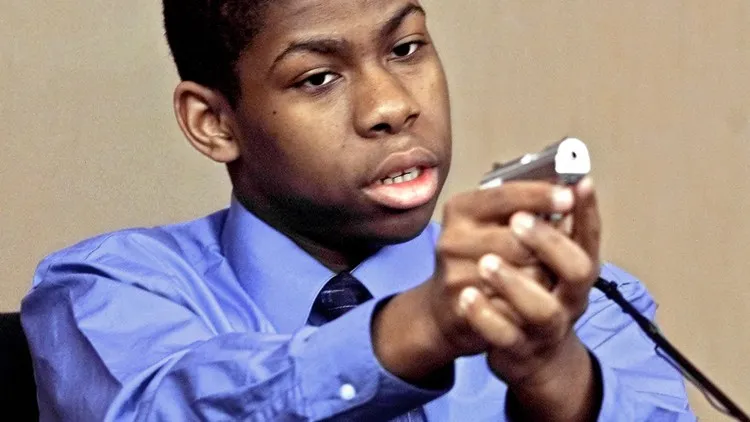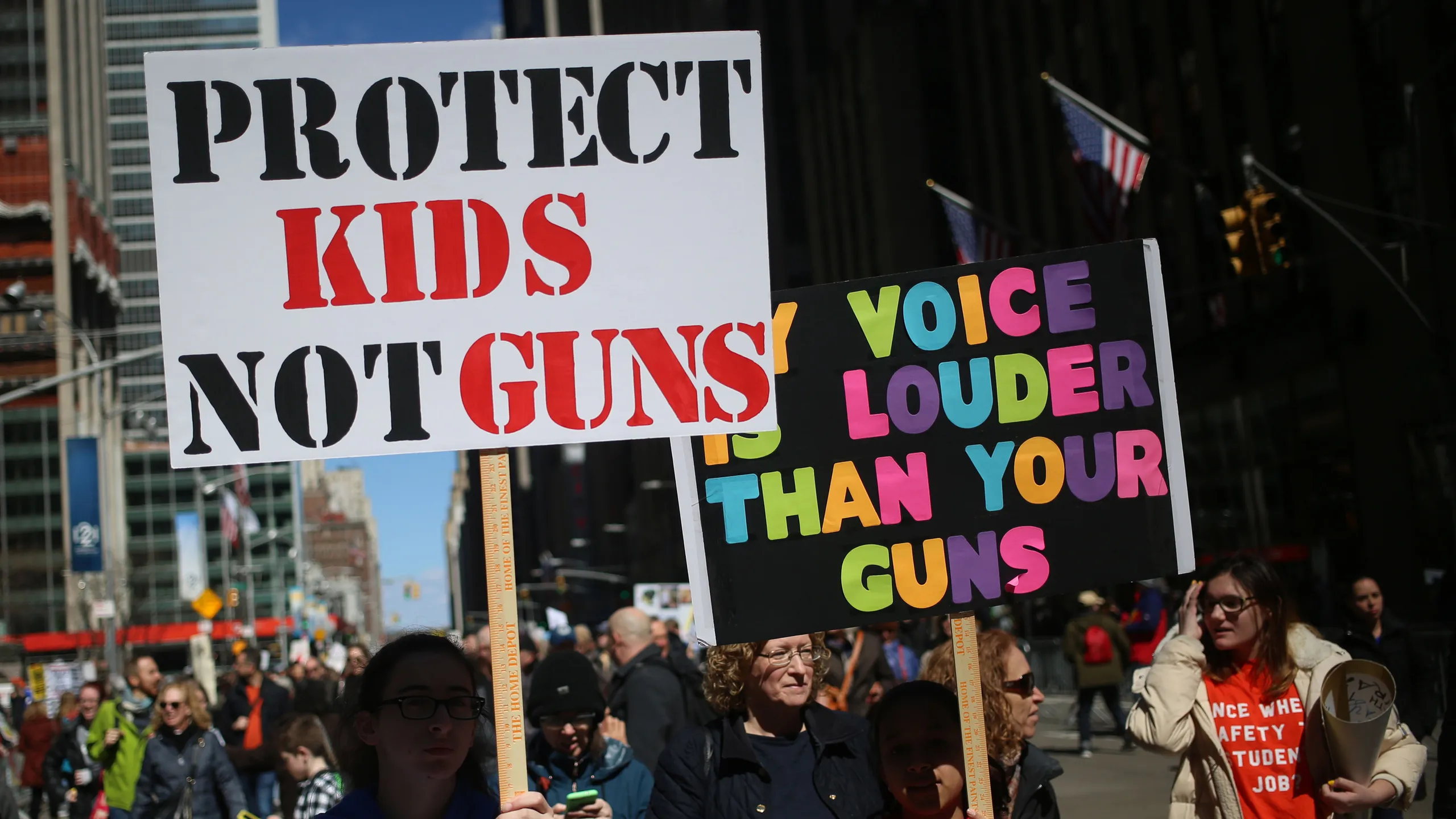mchec.org – The story of Nathaniel Brazill is a heart-wrenching example of a promising life derailed by a moment of violence. Known as the “Honor Roll Shooter,” Brazill’s actions on May 26, 2000, shocked the nation and sparked widespread debate about youth violence, gun control, and the criminal justice system’s handling of juvenile offenders.
Early Life and Background
Nathaniel Brazill was born on September 22, 1986, in West Palm Beach, Florida. Known for his academic achievements, he was an honor roll student at Lake Worth Middle School. Despite a challenging home life, Brazill was well-liked by teachers and peers, and he showed potential for a bright future.
The Incident
On the last day of school in 2000, 13-year-old Brazill returned to Lake Worth Middle School after being sent home for throwing water balloons. He came back armed with a gun he had taken from his grandfather’s house. In a confrontation with a teacher, Barry Grunow, Brazill fired a single fatal shot. The motive behind the shooting remains unclear, though it was suggested that Brazill was upset about being sent home earlier in the day.
Legal Proceedings
Brazill was charged as an adult with first-degree murder. The decision to try him as an adult was controversial, sparking debates about the appropriate legal response to juvenile crime. During the trial, his defense argued that the shooting was unintentional, but the prosecution presented it as a deliberate act. Ultimately, Brazill was convicted of second-degree murder and sentenced to 28 years in prison without the possibility of parole, followed by seven years of probation.
Psychological and Social Analysis
Brazill’s case raised important questions about the factors that drive young people to commit violent acts. It highlighted issues such as access to firearms, the impact of home environments, and the role of mental health in adolescent behavior. Many experts pointed to the need for more comprehensive support systems for at-risk youth to prevent such tragedies.
Impact and Legacy
The shooting had a profound impact on the Lake Worth community and beyond. It underscored the urgent need for improved school safety measures and gun control legislation. The case also prompted discussions on the treatment of juveniles in the criminal justice system, particularly regarding the balance between punishment and rehabilitation.
Reflections on Youth and Violence
Nathaniel Brazill’s story is a stark reminder of the potential for violence in unexpected places. It challenges us to consider the underlying issues that contribute to juvenile crime and to seek solutions that address these root causes. By focusing on prevention, education, and support, society can work towards reducing the likelihood of similar incidents in the future.
Conclusion
The tale of Nathaniel Brazill serves as a poignant example of how a single moment can alter the course of many lives. As we reflect on the lessons from this case, it is crucial to strive for a justice system that not only holds individuals accountable but also fosters opportunities for growth and redemption.



